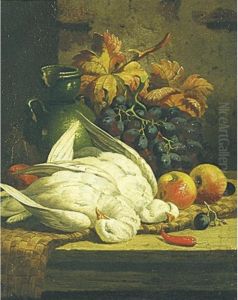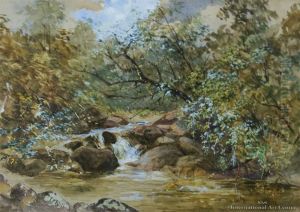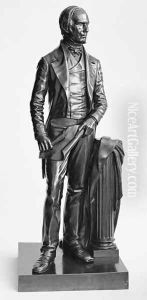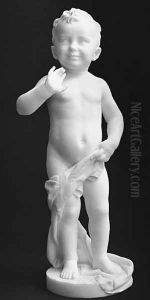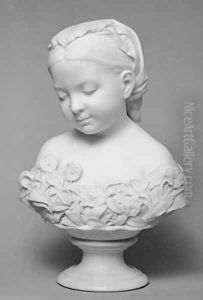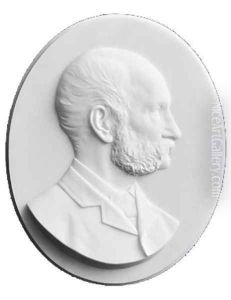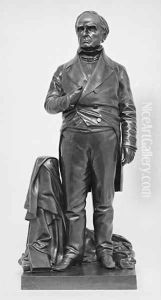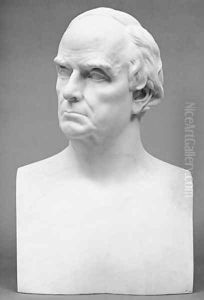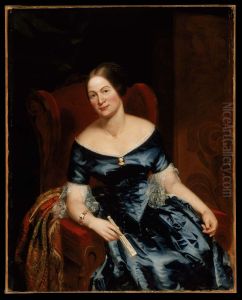Thomas Ball Paintings
Thomas Ball was an American sculptor and musician born on June 3, 1819, in Charlestown, Massachusetts. He showed a natural inclination towards art at an early age and initially pursued a career in music as a singer and a teacher. However, his interest in sculpture took precedence, and by the age of 20, he began to seriously devote himself to the art form.
Ball’s early works were portrait busts, and he quickly gained acclaim in the United States. His career was given a significant boost by a commission to create a statue of George Washington. He moved to Italy in 1854, where he joined a community of American expatriates and continued to refine his sculptural techniques. Living in Florence, Ball was exposed to classical art and the Renaissance masters, which influenced his work.
One of Thomas Ball's most famous works is the equestrian statue of George Washington, located in Boston's Public Garden. He also created the Emancipation Memorial, also known as the Freedman's Memorial, in Washington, D.C., which depicts Abraham Lincoln and a freed slave. The memorial was dedicated in 1876 and has been the subject of much debate and reinterpretation in the context of evolving perspectives on race and history.
Throughout his career, Ball was recognized for his ability to capture the likeness and character of his subjects. His statues and busts are characterized by a blend of realistic detail and idealized elements, a common trait of the neoclassical style that was prevalent during his time.
Thomas Ball continued to work well into his old age, contributing to American sculpture by creating public monuments and sculptures that celebrated national heroes and historical figures. He passed away on December 11, 1911, in Montclair, New Jersey, leaving behind a legacy as one of the prominent American sculptors of the 19th century.
